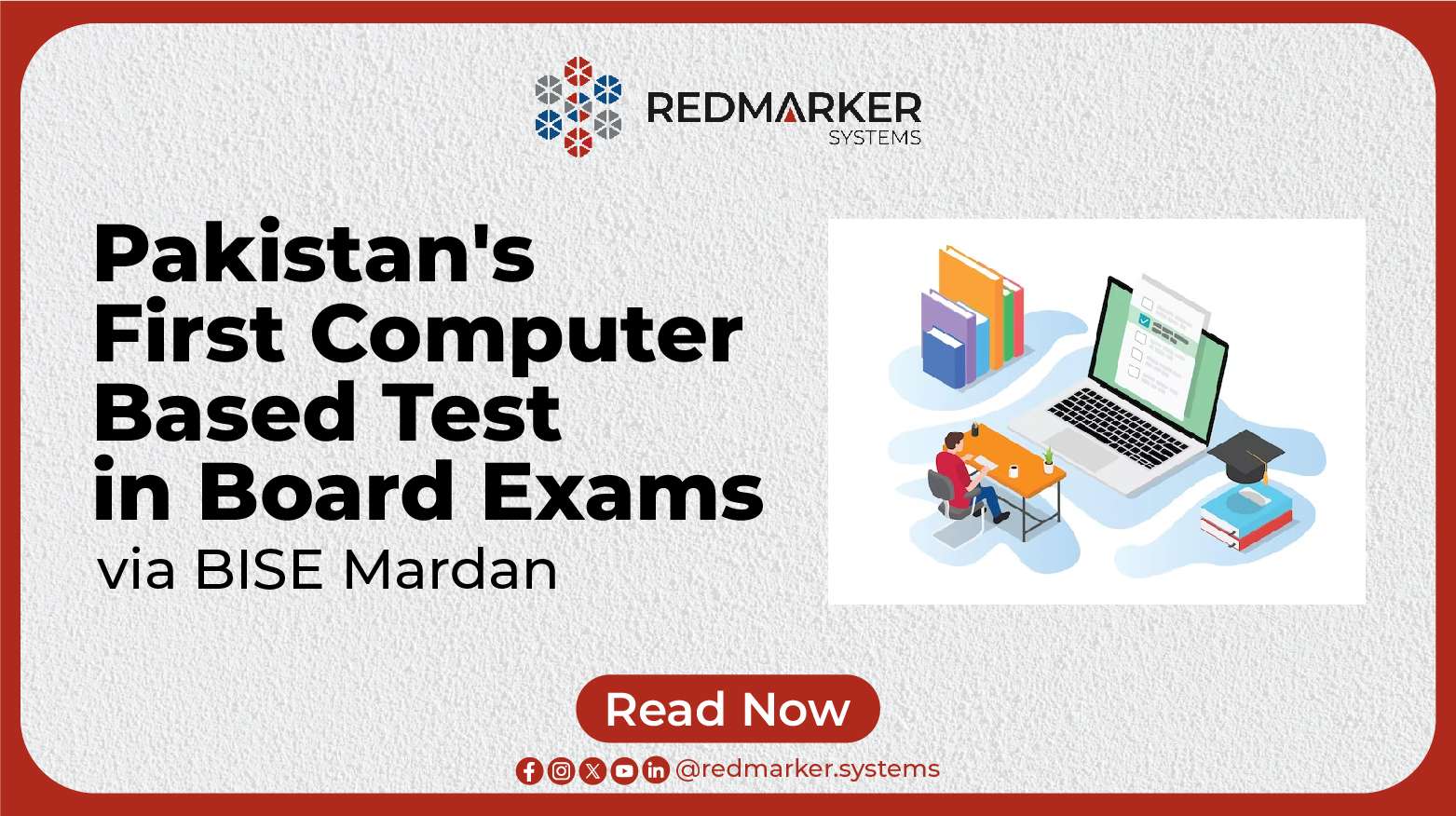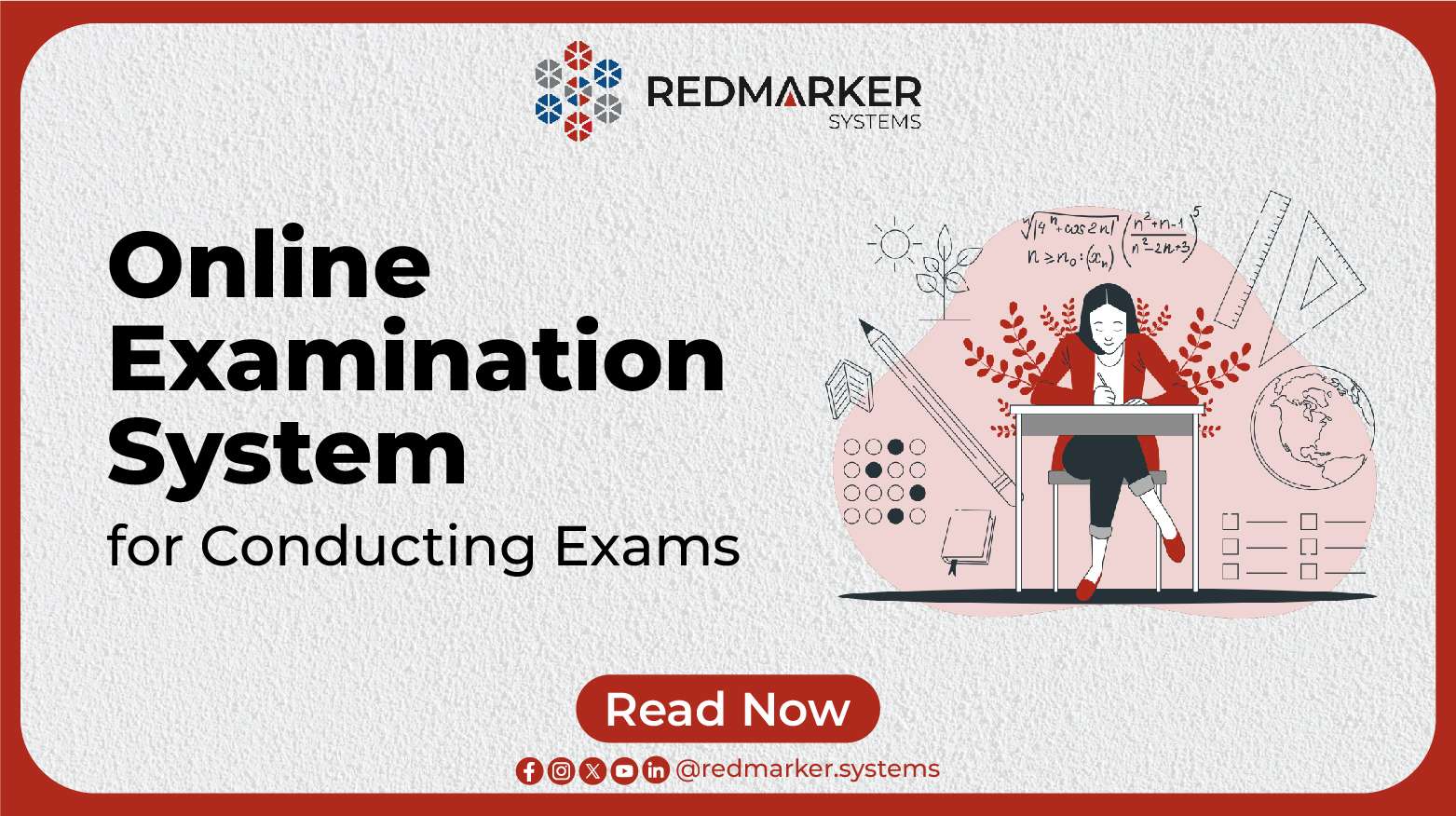Unlocking the Power of Meaningful Assessment: A Comprehensive Guide
Introduction to Meaningful Assessment
In the ever-evolving landscape of education, the term “assessment” has long been associated with standardized tests and final exams. However, there’s a hidden gem within the realm of assessment – a transformative approach known as “meaningful assessment.” In this comprehensive guide, we will journey into the fascinating world of meaningful assessment. We’ll explore its significance, delve into various assessment types, dissect its essential characteristics, unearth its benefits, and confront the challenges that come with its implementation. Additionally, we will equip you with practical strategies and real-life examples to demonstrate its relevance and effectiveness in education.
The Importance of Assessment
Assessment as a Compass: Imagine education as a vast, uncharted sea, and assessment as the compass that guides both educators and students through its turbulent waters. Assessment serves as a crucial tool for navigation, answering pivotal questions such as:
Are students truly grasping the material?
Are the teaching methods employed effective?
Moreover, assessment promotes accountability, ensuring that educational objectives are not merely set but successfully met.
Types of Assessments
Formative Assessment
Navigating the Learning Journey: Formative assessment is the wind in the sails of education. It takes place during the learning process, acting as a guiding light for educators. By continuously assessing student understanding, it helps educators identify areas for improvement and adapt their teaching methods accordingly. Think of it as the real-time GPS of education, ensuring that learners stay on the right path.
Summative Assessment
The Destination’s Arrival: Summative assessment is the grand arrival at the educational destination. It occurs at the conclusion of a learning period to evaluate overall comprehension and mastery of a subject. This is where students showcase their acquired knowledge, and educators determine whether the voyage was successful.
Authentic Assessment
Learning Anchored in Reality: Authentic assessment goes beyond traditional tests and mimics real-world situations and tasks. It offers students the opportunity to apply their knowledge in practical contexts, much like a seasoned sailor putting their skills to the test on a challenging voyage. Authentic assessment encourages practical application, mirroring the complexities of life beyond the classroom.
Characteristics of Meaningful Assessment
Alignment with Learning Goals
The North Star of Assessment: Meaningful assessments are tightly aligned with specific learning objectives. This alignment ensures that assessments effectively measure what students are expected to learn. Think of it as a compass pointing north, guiding assessments toward their intended destination – student growth and success.
Clear Criteria and Feedback
Illuminating the Path to Improvement: Effective assessments have well-defined criteria and provide constructive feedback. Just as lighthouses guide ships safely through treacherous waters, clear criteria and feedback illuminate the path to improvement for students. They help learners understand their performance and provide actionable insights on how to navigate toward success.
Student Involvement
Empowering the Crew: Involving students in the assessment process is akin to giving them a seat at the helm. It empowers them to take ownership of their learning journey, fostering a sense of responsibility and active engagement. Student involvement is the wind in the sails of meaningful assessment, propelling the educational voyage forward.
Benefits of Meaningful Assessment
Meaningful assessment is not just a tool; it’s a catalyst for positive change in education. Let’s delve deeper into the myriad of benefits it brings to the table.
Enhanced Learning Outcomes
Meaningful assessment enhances learning outcomes in various ways. When assessments are aligned with learning objectives, students gain a clearer understanding of what is expected of them. This clarity provides a roadmap for their learning journey, reducing confusion and anxiety. Furthermore, by involving students in self-assessment and reflection, they become active participants in their own learning process. This engagement stimulates critical thinking, problem-solving skills, and a deeper understanding of the subject matter.
Moreover, formative assessments, conducted throughout the learning process, allow educators to identify and address misconceptions and gaps in understanding promptly. This real-time feedback loop enables students to course-correct before it’s too late, resulting in improved comprehension and retention of knowledge.
Improved Teaching Practices
Meaningful assessment isn’t solely beneficial for students; it also serves as a powerful tool for educators. By regularly assessing student progress, teachers gain valuable insights into the effectiveness of their teaching methods. If a significant portion of students consistently struggles with a particular concept, educators can adjust their teaching strategies, providing additional support or alternative approaches. This adaptability is key to ensuring that no student is left behind.
Additionally, meaningful assessment encourages collaboration among educators. They can share best practices, assessment strategies, and results, leading to a collective effort to improve the overall educational experience. The process of assessment becomes a valuable feedback loop that continually refines teaching practices.
A deeper understanding of Student Progress
Meaningful assessment allows educators to move beyond a mere tally of correct answers and delve into a deeper understanding of each student’s progress. Through clear criteria and constructive feedback, teachers can identify not only what students know but also where they might be struggling. This insight enables educators to tailor their instruction to meet individual student needs, differentiating their approach to accommodate diverse learning styles and abilities.
In addition, the involvement of students in the assessment process fosters self-awareness and a sense of responsibility for their own learning. When students actively engage with assessments, they develop metacognitive skills, enabling them to monitor their progress, set goals, and make informed decisions about their learning strategies. This self-regulation is a lifelong skill that goes beyond the classroom and empowers students to take charge of their educational journey.
Challenges in Implementing Meaningful Assessment
Navigating Turbulent Waters: While meaningful assessment is a powerful tool, it does come with its own set of challenges. These challenges include time constraints, the quest for fairness, and the need to address the diverse needs of students. Navigating these challenges requires careful planning and skillful navigation.
Strategies for Effective Meaningful Assessment
Rubrics and Scoring Guides
Charting a Course with Precision: Introducing Rubric Based Marking and scoring guides provide a clear map for evaluation, ensuring that assessments are transparent and consistent. Like navigational charts for sailors, they help educators stay on course and reach their assessment goals.
Diverse Assessment Methods
Sailing with a Varied Wind: Employing a diverse range of assessment methods, including quizzes, projects, and presentations, ensures a comprehensive evaluation of student learning. Just as sailors must adjust their sails to the changing wind, educators must adapt their assessments to meet the needs of diverse learners.
Continuous Improvement
The Voyage of Improvement: Regularly reviewing and refining assessment practices is essential to ensure their effectiveness and relevance. This continuous improvement process is the compass that ensures educators stay on the right course, continually optimizing the learning journey.
Real-Life Examples
Setting Sail with Meaningful Assessment: Let’s anchor our understanding with a couple of real-life examples. In a science class, students may conduct experiments and present their findings, demonstrating the practical application of scientific concepts. In a language arts class, peer editing and self-assessment can enhance writing skills and critical thinking, mirroring the real-world process of refining written communication.
Conclusion
The Compass of Learning: In conclusion, meaningful assessment is not a mere checkbox in education; it is the compass that guides learning. It empowers students, informs educators, and fosters continuous improvement. By aligning assessments with learning goals, providing clear criteria and feedback, and involving students, assessment becomes a dynamic tool that enriches the educational experience. Embracing the various assessment methods and strategies discussed here can lead to more meaningful and effective learning outcomes.
FAQs
What is the difference between formative and summative assessment?
Formative assessment occurs during the learning process to provide feedback and adjust teaching methods, while summative assessment evaluates overall comprehension at the end of a learning period.
How can teachers ensure fairness in assessments?
Teachers can ensure fairness by using clear criteria, providing constructive feedback, and considering diverse student needs when designing assessments.
Why is student involvement important in meaningful assessment?
Student involvement fosters a sense of ownership over learning, encourages self-reflection, and promotes active engagement in the learning process.
What are some examples of authentic assessments?
Authentic assessments include tasks like real-world problem-solving, presentations, simulations, and projects that mirror practical applications of knowledge.
How can educators continuously improve their assessment practices?
Educators can continuously improve by seeking feedback from students, and colleagues using data to refine assessment methods and align them with learning objectives.



